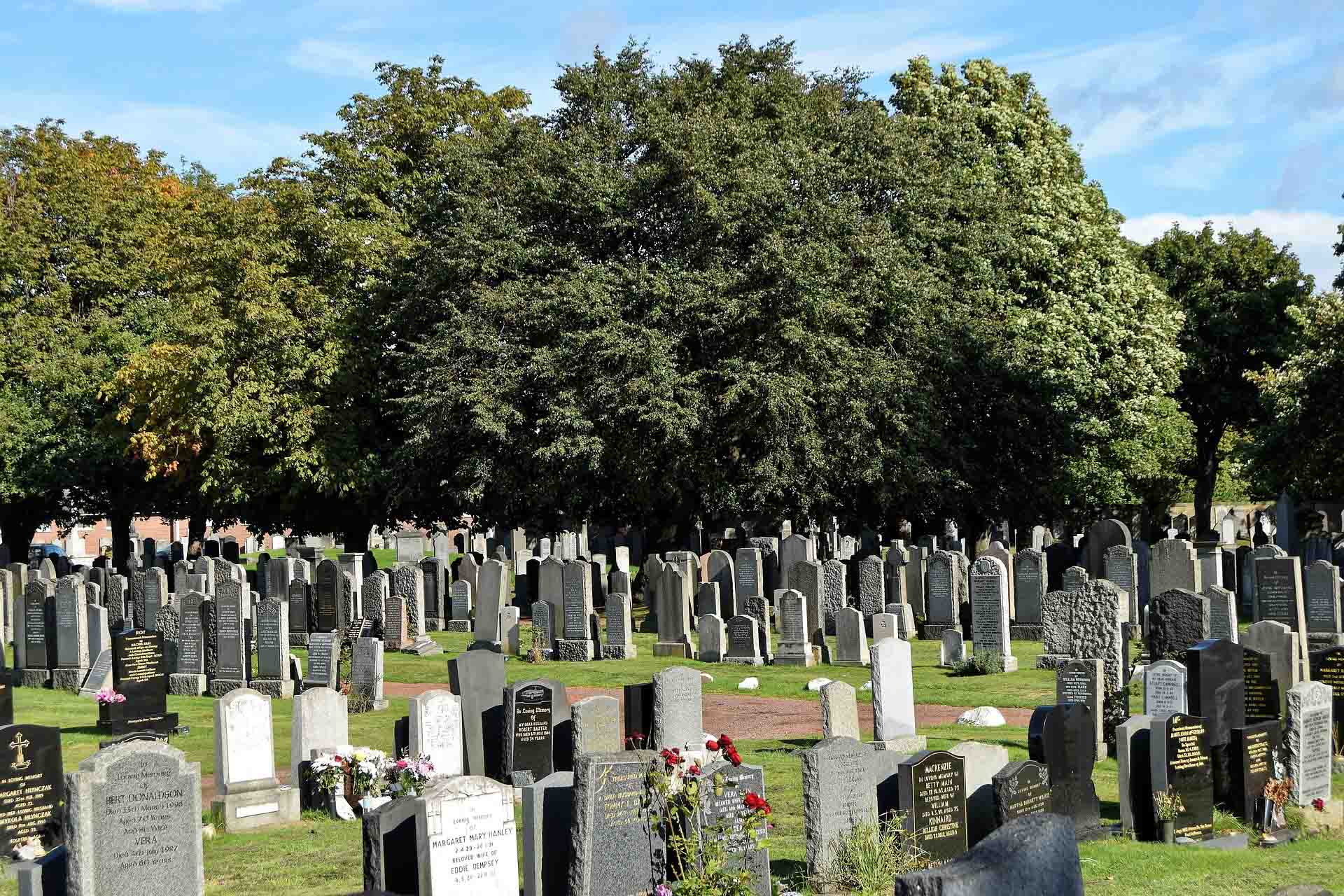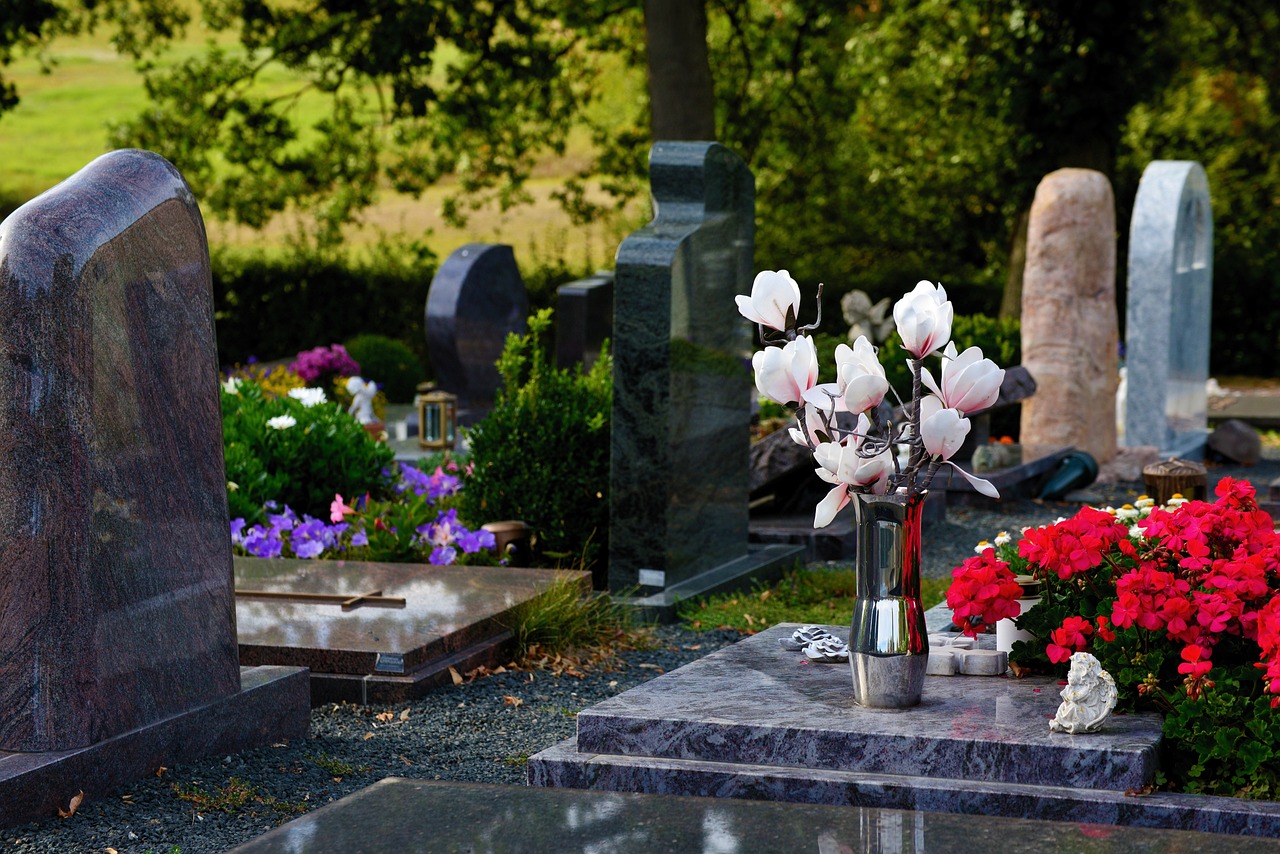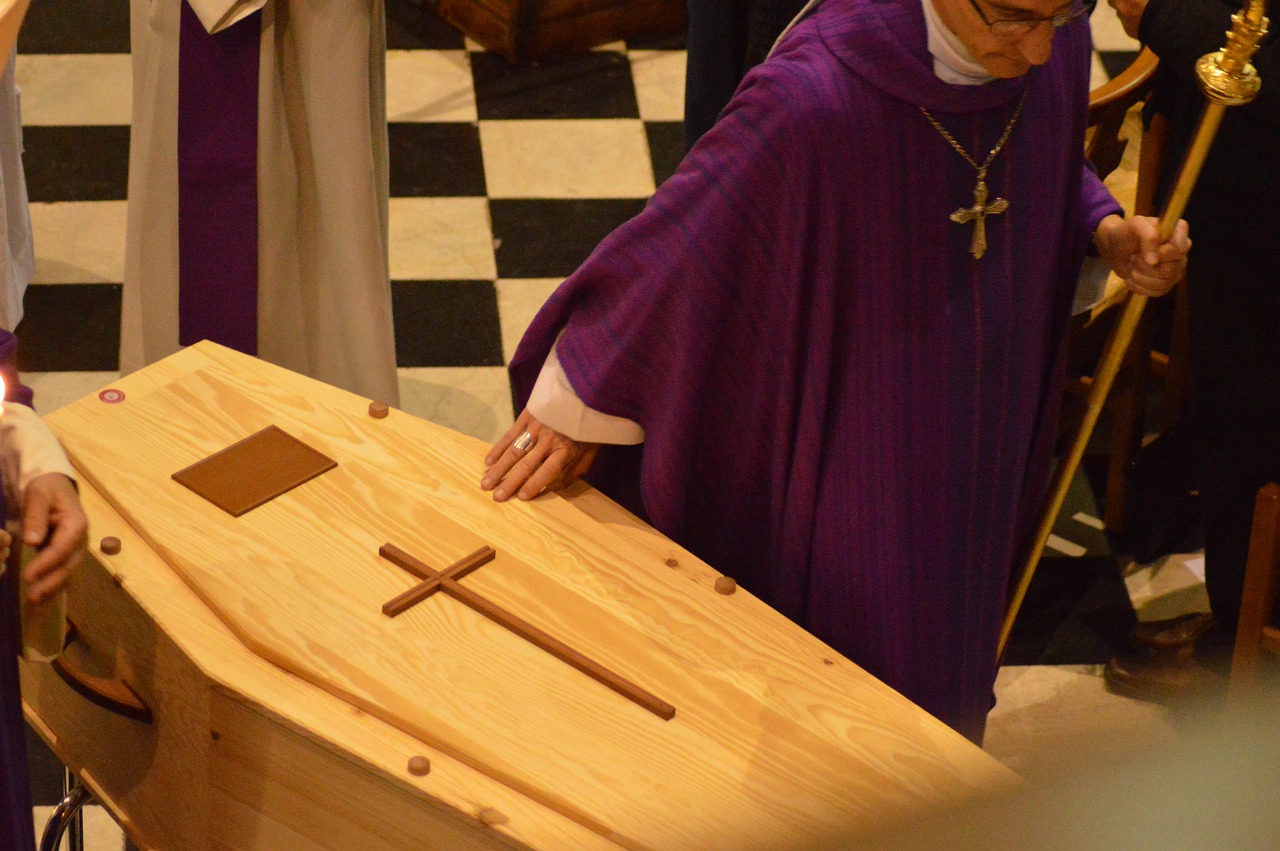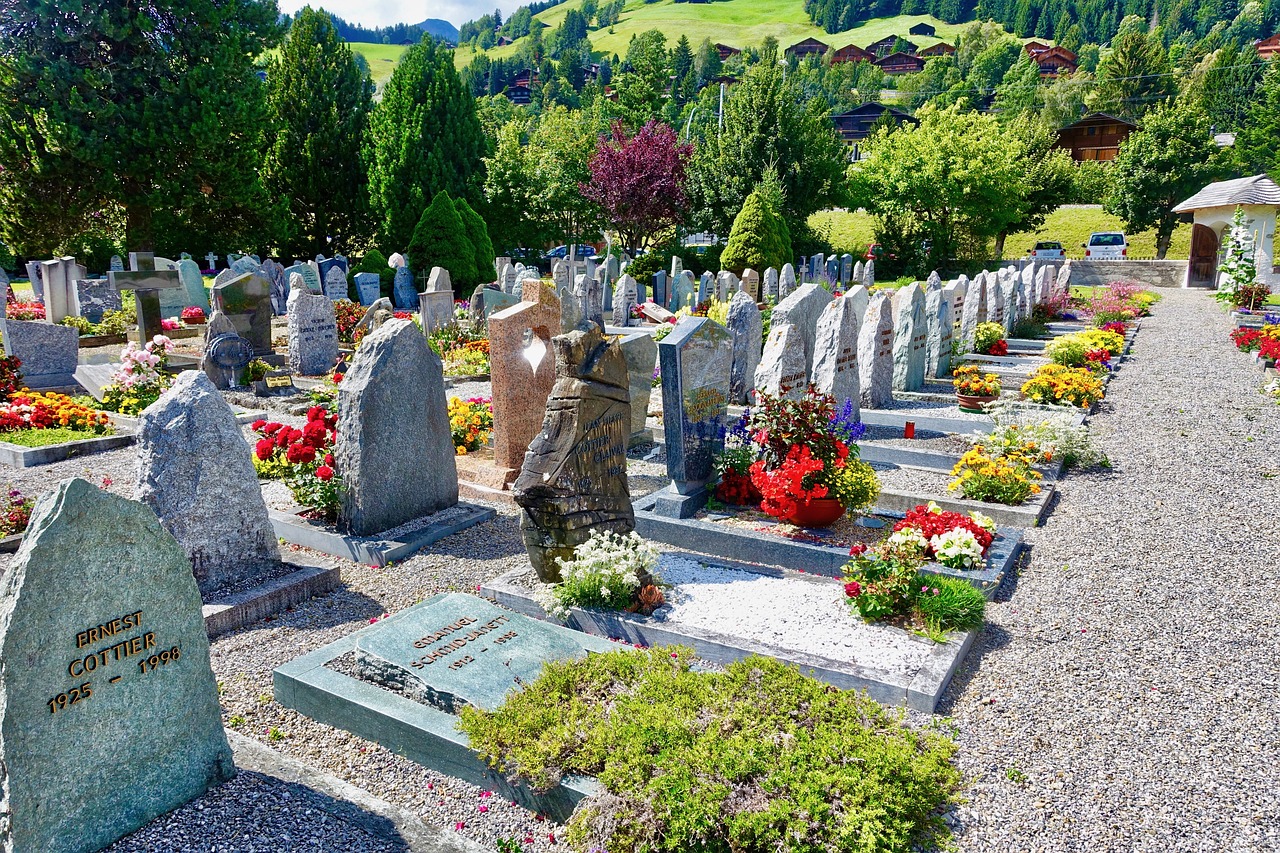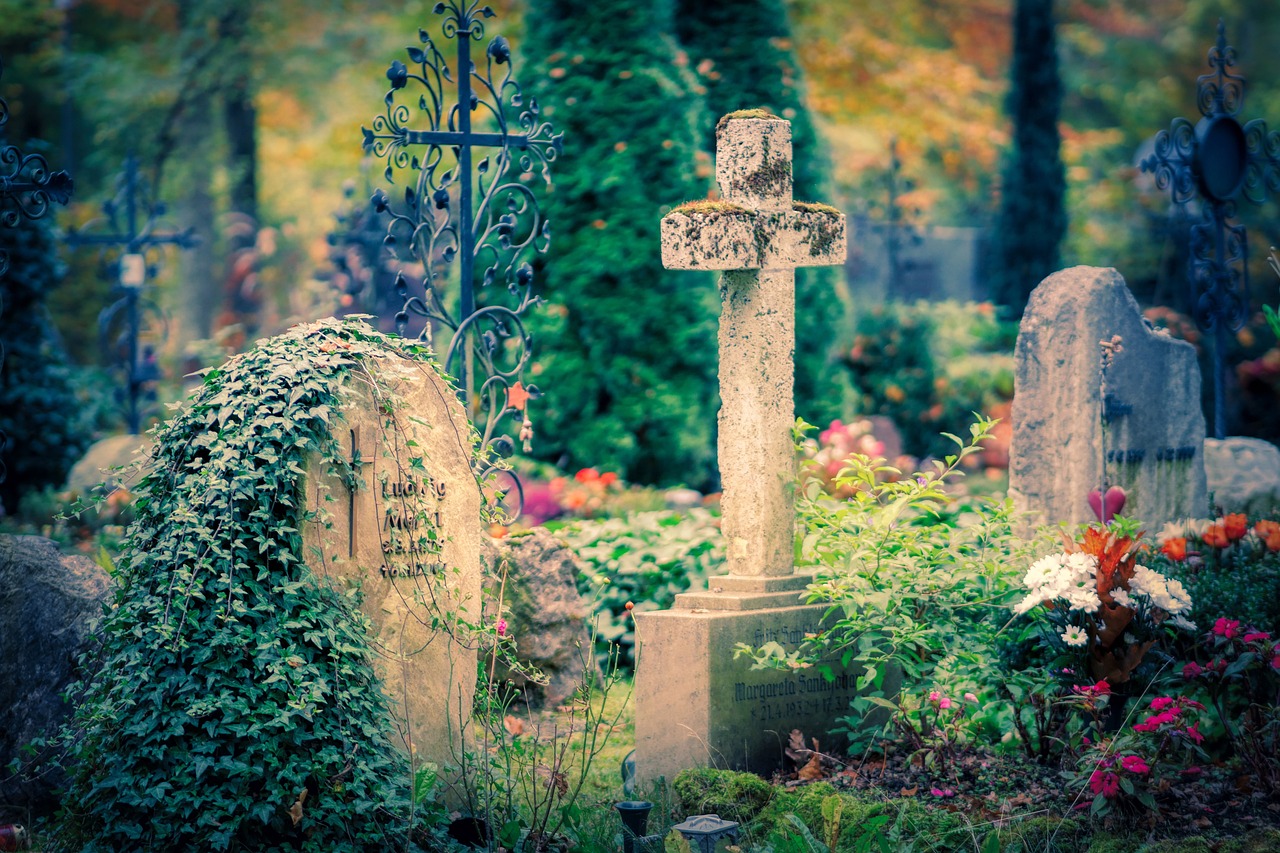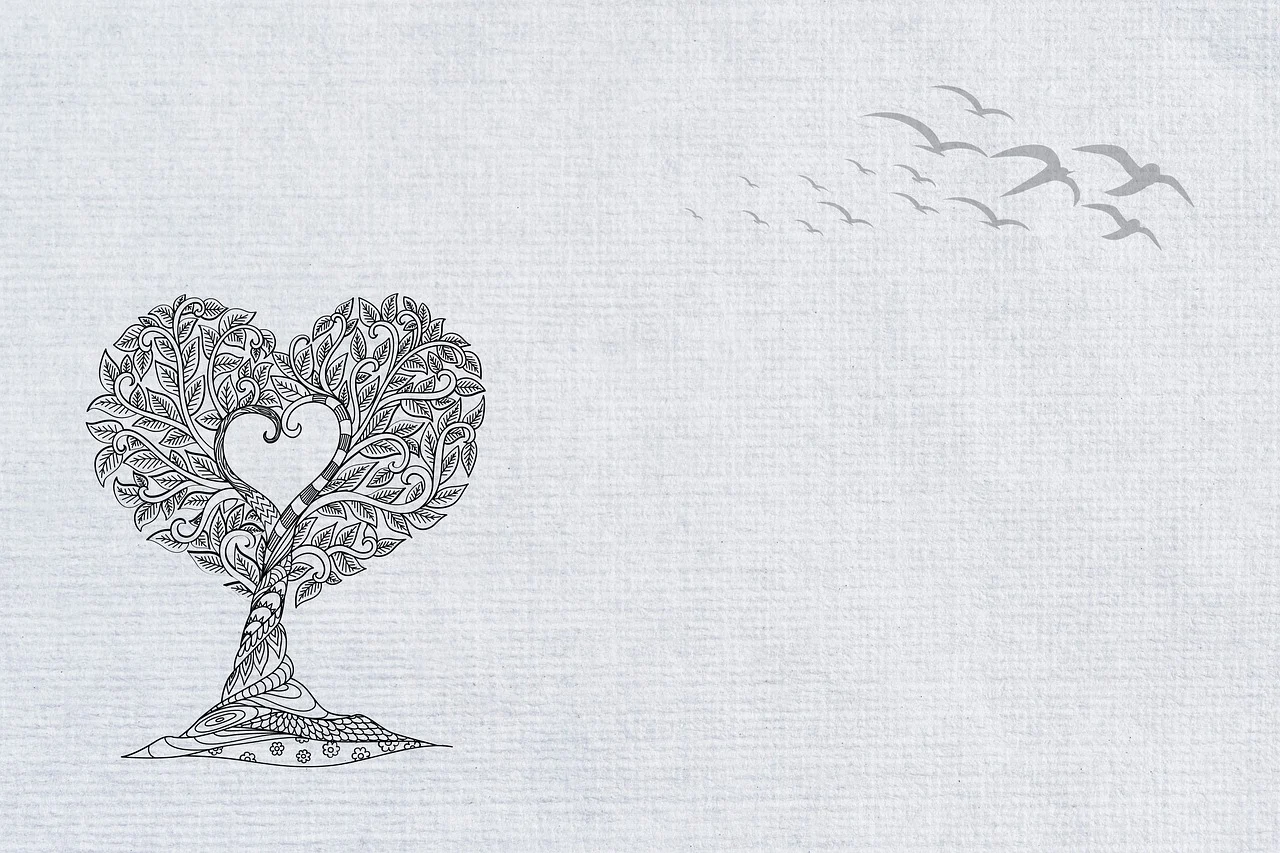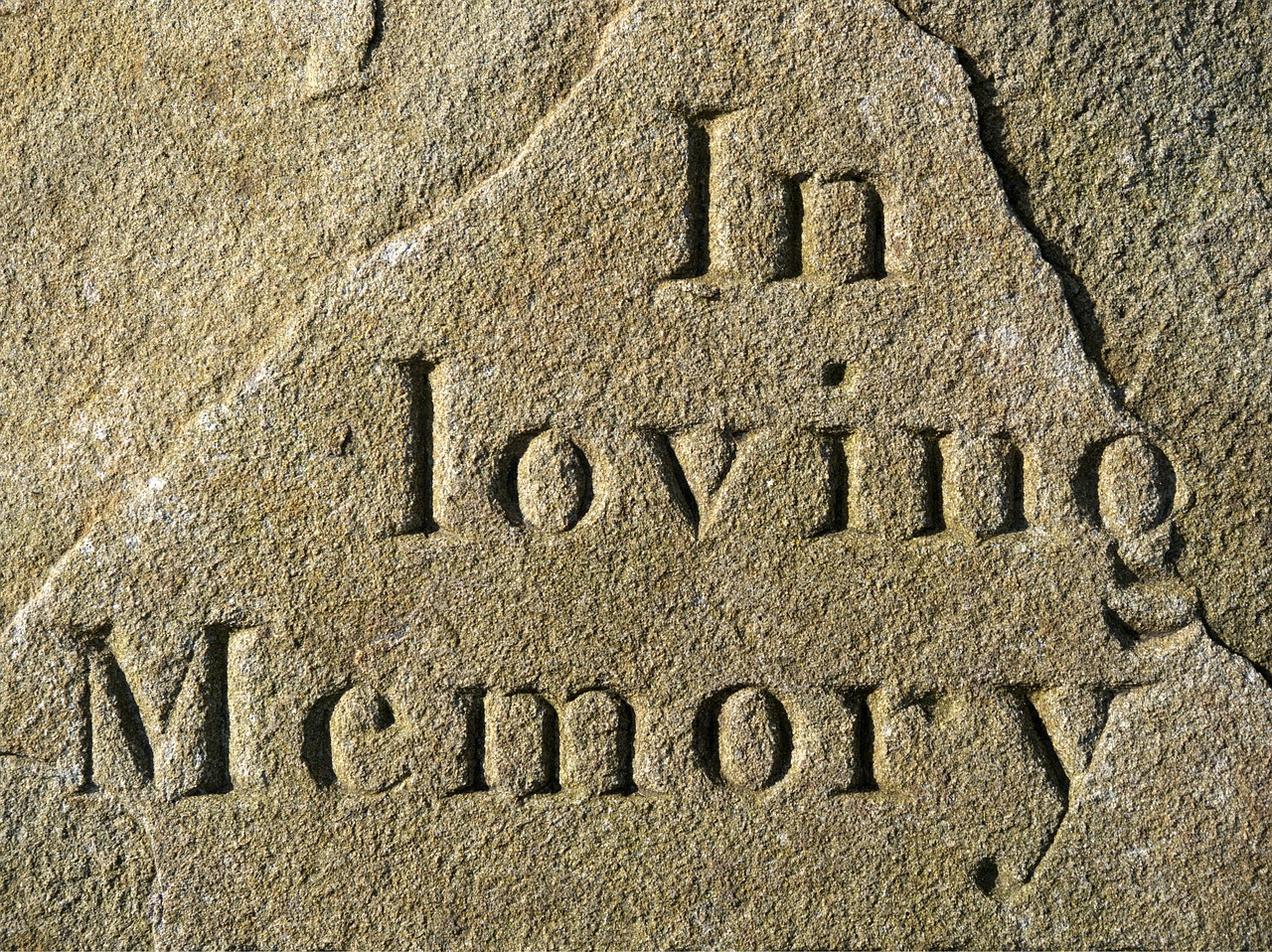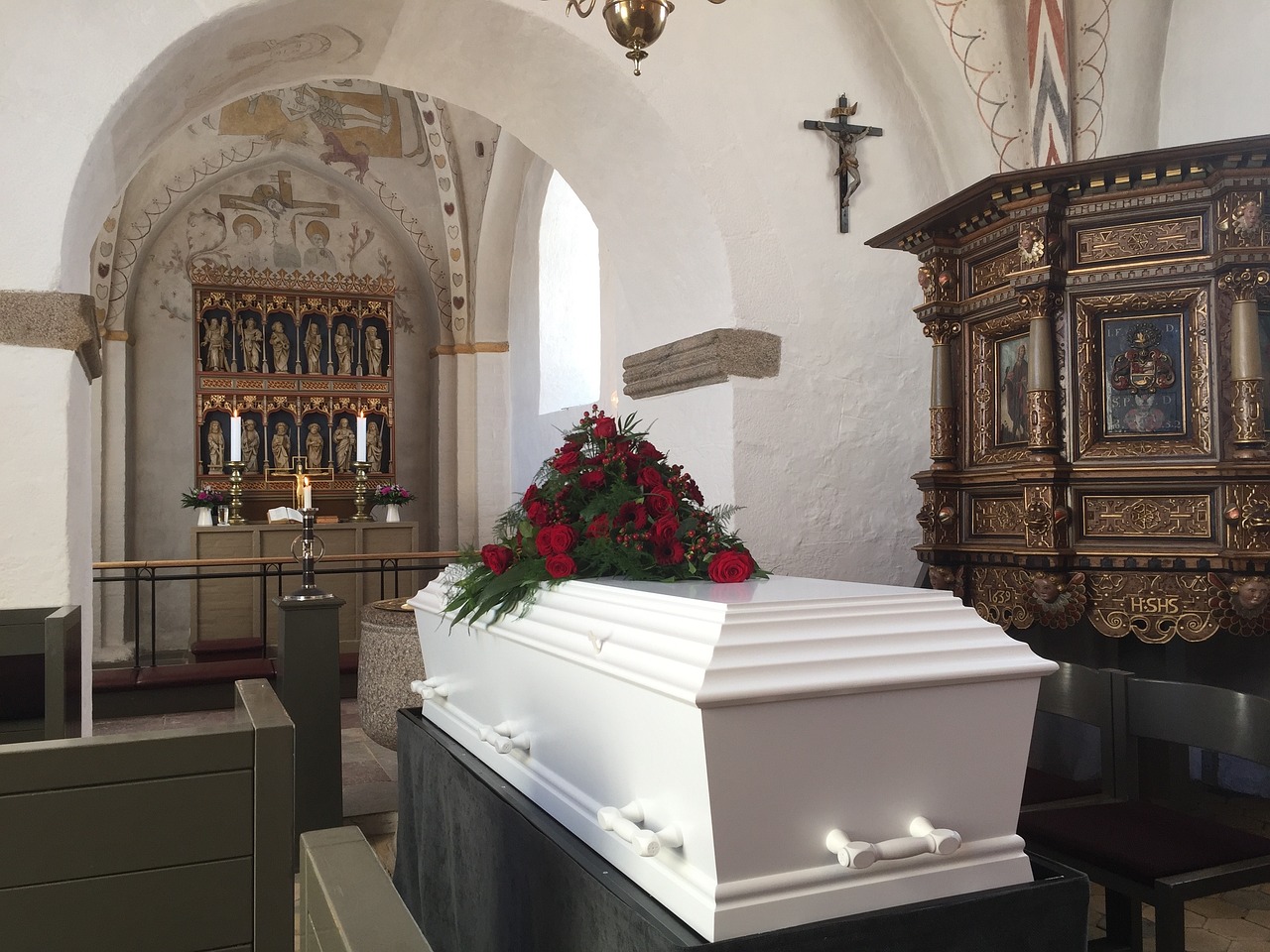Choosing a headstone may seem like a minor issue when making funeral arrangements, but you have to consider that this will likely be the most lasting physical representation of your loved one’s passing and what you will keep seeing whenever you visit their burial site. Funerals can be stressful enough, however, you should try to set aside some time to look into the headstone selection process and decide what kind of inscription you want to be included.
What is a headstone
A headstone can also be referred to as a tombstone or gravestone. These terms refer to the marker that is placed over a burial site, typically at the head of the grave. The most recognisable design is that of a headstone installed on a stone base and is inscribed with such details as the name of the deceased, date of birth to date of death, and sometimes a religious epitaph.
Headstones can be made in a variety of shapes, and sizes, and from different materials. A flat lawn or grass marker presents as a tablet installed flat on the ground. It can be made from stone or bronze. A flat tablet is a block of inscribed stone or concrete that is usually installed flat on a stone base or a plaque installed on a stone. There is also the variation of a desk tablet that has a slightly more raised base with a slanting front face.
What is a monument
Some people do opt for a more elaborate marking of the grave, which can include a monument and a kerb around the entire grave. The grave may even be covered with a garden bed or a slab of stone with some decoration. Monuments with stone slabs can be done in a variety of colours depending on what kind of stone is used. The most commonly used stone varieties are granite, marble, and sandstone. Granite is typically the most expensive choice with concrete being more affordable.
Monuments can be used to cover just one grave, but are also often used for couples. Double-full monuments are used to inter a couple. When the first party dies, the monument may be partly inscribed with their details, awaiting the burial of the other party for the monument to be completed. It is also possible to inter more than two people under the same monument.
Why granite is popular
Granite is highly popular for headstones and monuments for several reasons. It is a very durable material that can withstand all kinds of weather conditions without losing its appeal. Its hardiness means that the family can continue to visit the gravesite without worrying about the deteriorating appearance of the headstone.
This stone is also easy to maintain, meaning you can spend long periods between visits without worrying about how the grave site will look. It also comes in a good range of colours and finishing which can be used to make the burial site look as elegant and unique as you would want.
What to consider when choosing a headstone
1. Cemetery regulations
The cemetery you choose to inter your loved one may have certain regulations concerning headstones. The regulations may even vary depending on what section of the cemetery you want the body buried. Certain cemeteries and sections may have rules governing what kind of monuments may be installed there. Consult with the relevant office or your funeral director to understand the requirements and if they fit what you want for the deceased.
2. Cost
The more elaborate a monument you want, the more you will likely need to pay. This applies not just to the instalment, but also to ongoing maintenance. Again, it is important to ensure that the cemetery can accommodate the kind of monument you want. It should come as no surprise that for those that want more frills, there are likely to be specific cemeteries that are better suited to accommodate their needs.
Simple lawn markers can cost from $750, basic headstones with headstone and base from $2,000, while more extravagant monuments can cost over $5,000. The more elaborate the design, size and materials used, the more you can expect to be charged. Due to the added maintenance for elaborate monuments, the more cemetery fees you can expect to pay.
3. Faith
Depending on the faith of the deceased and their family, there may be a need to ensure they are buried in a religious part of the cemetery. Such sections also tend to have strict guidelines on what kinds of headstones or monuments will be allowed.
Inscriptions
As said, certain basic details are inscribed on headstones. The most basic is the name of the deceased person, the date of their birth and that of their death.
An epitaph is also often included. This is usually a short statement to commemorate the life of the deceased, a message from the family and friends, or even just a short quote from a religious book or favourite author. The choice of epitaph may also be guided by religious or cultural customs.
Besides the wording, you also need to consider the presentation of the inscription. This means choosing the particular font that will be used and if there will be the use of symbols or imagery. Modern headstones can incorporate photographs of the deceased, making it even easier for loved ones to identify the grave.
Accessories
Monuments can be made more elaborate than just in terms of the design of the headstone and slab. There are a variety of accessories that can be incorporated, including:
- Vases
- Statues
- Flowers
- Lamps
- Candle boxes
- Ceramic photos and frames

